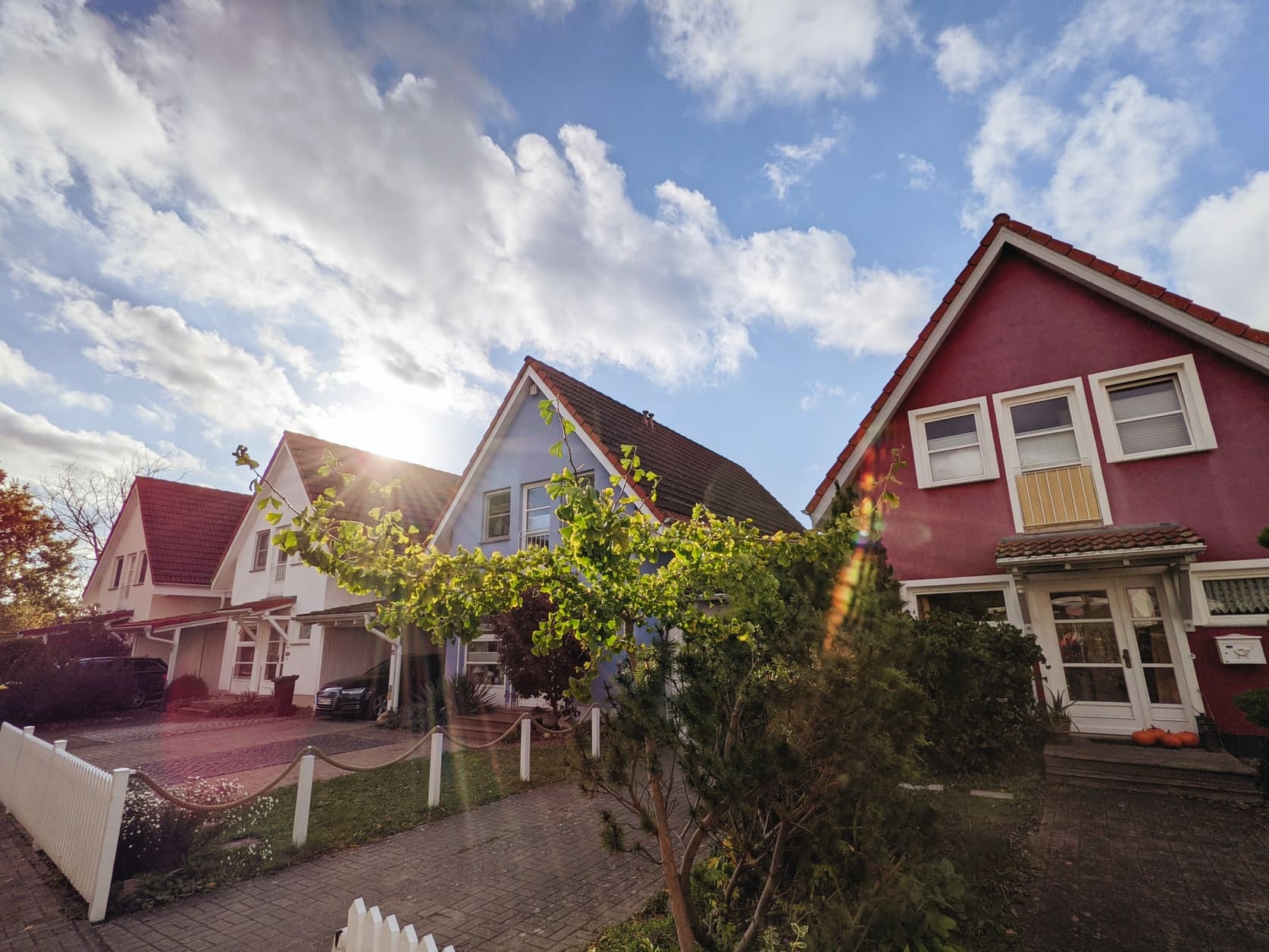Get Expert Investment Financing
- Matched with investor-friendly lenders
- Fast pre-approvals-no W2s required
- Financing options fro rentals, BRRRR, STRs
- Scale your portfolio with confidence
Educational Content | Not Financial Advice | Connect with Licensed Professionals
Mountain resort properties offer unique investment opportunities—especially when approached with a smart financing strategy. One such approach involves mastering Debt Service Coverage Ratio (DSCR) techniques. Whether you’re investing in ski lodges, luxury cabins, or boutique resorts, advanced DSCR strategies can help you secure better loan terms, reduce risk, and maximize profitability.
In this article, we’ll dive into the nuances of DSCR financing for mountain resort properties, explore risk mitigation tactics, and provide actionable strategies for investors looking to elevate their real estate game.
Debt Service Coverage Ratio (DSCR) is a key metric lenders use to assess the financial viability of an investment property. It measures a property’s ability to cover its debt obligations using its net operating income (NOI).
DSCR = Net Operating Income / Total Debt Service
For mountain resort properties, where income can fluctuate seasonally, maintaining a healthy DSCR is essential. A DSCR of 1.25 or higher is typically required for conventional financing, but specialized lenders may allow lower ratios for properties with compelling upside potential.
Mountain resorts often operate in seasonal cycles, relying heavily on winter or summer tourism. These fluctuations can significantly affect DSCR performance and require advanced strategies to maintain lender confidence.
Key Challenges:
Lenders may allow a rolling 12-month adjusted NOI that averages out seasonal highs and lows. When pitching your loan, provide detailed historical income statements and projections to validate this model.
If you own multiple properties, consider cross-collateralizing a high-performing asset with your mountain resort to improve your DSCR ratio. This strategy helps reduce perceived risk for lenders.
CTA: Learn how portfolio-based lending can work for you—Schedule a Free Strategy Call!
Negotiating an initial interest-only period during off-peak months can ease cash flow burdens and improve early-stage DSCR. This is especially effective for newly launched resorts or renovation projects.
Utilize revenue management tools to implement dynamic pricing based on demand trends. This can increase your Average Daily Rate (ADR) and revenue per available room (RevPAR), boosting NOI and DSCR.
Some DSCR lenders will consider not just rental income but also ancillary business income (e.g., ski rentals, guided tours, spa services). Ensure all income streams are professionally documented.
Looking to build a compelling DSCR loan application? Connect with our lending advisors today.
Lenders typically look for a DSCR of 1.25 or higher, but for resort properties, a well-documented seasonal adjustment plan can make lower ratios acceptable.
Yes. Some lenders offer pro forma DSCR loans based on projected income. However, you’ll need strong business plans, market comps, and possibly additional collateral.
Absolutely. DSCR loans are popular for STRs (short-term rentals), especially in tourist-heavy areas like ski towns or national park gateways.
Want personalized guidance? Book a 1:1 Consultation with Our DSCR Experts
Mountain resort properties can yield exceptional returns when financed strategically. By implementing advanced DSCR strategies tailored to seasonal fluctuations and unique operational challenges, investors can optimize their returns and build long-term wealth in the luxury hospitality sector.
This article is for educational purposes only and does not constitute financial, legal, or investment advice. Mortgage rates, terms, and requirements vary by lender and individual circumstances. Always consult with qualified, licensed mortgage professionals before making financial decisions. REInvestorGuide.com may receive compensation from featured lenders and service providers.
Our advise is based on experience in the mortgage industry and we are dedicated to helping you achieve your goal of owning a home. We may receive compensation from partner banks when you view mortgage rates listed on our website.


